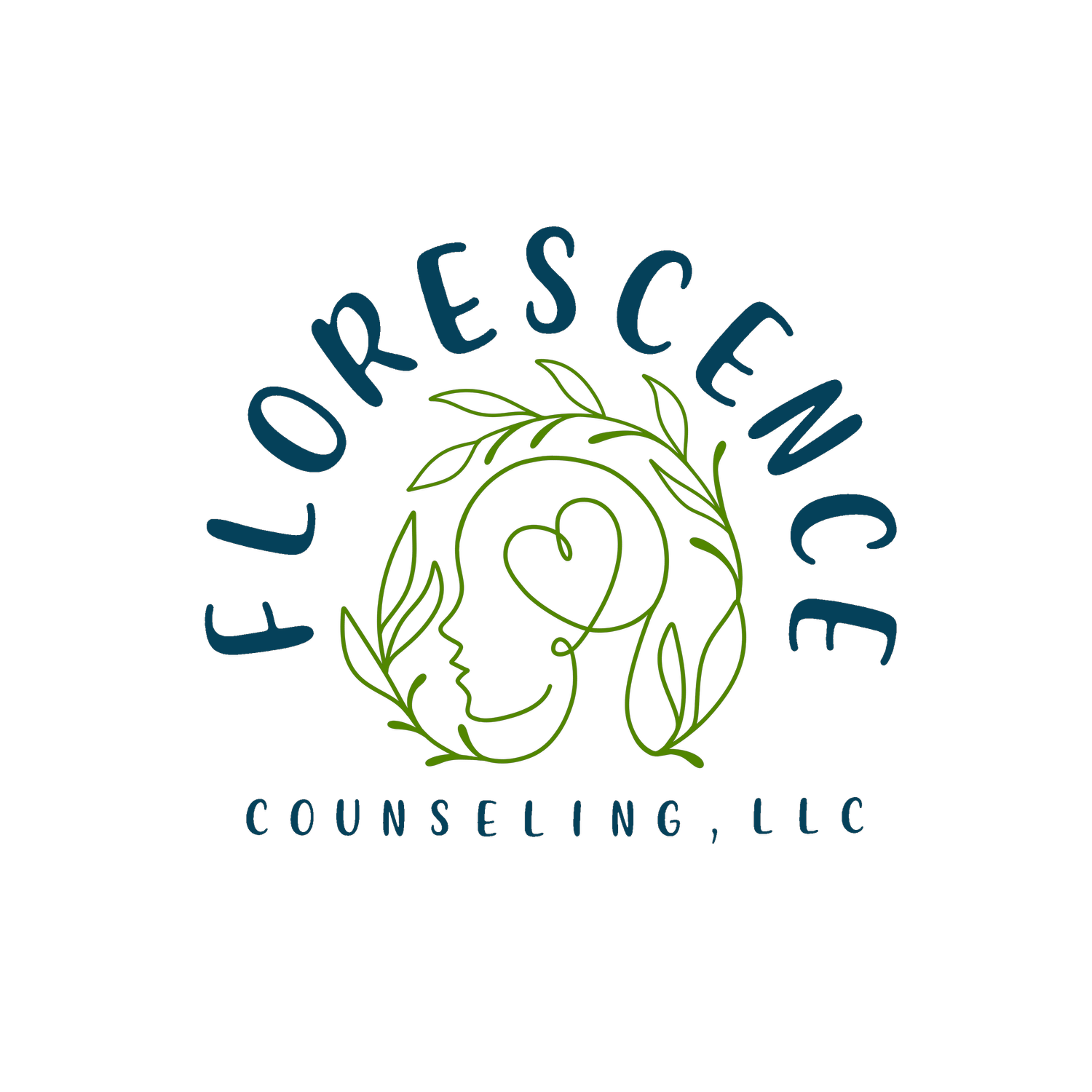Unraveling the Many Faces of OCD: Let's Explore Its Different Types
Youmight be surprised to learn that Obsessive Compulsive Disorder (OCD) is not a one-size-fits-all condition. In fact, OCD comes in many flavors, each with its own unique quirks. Below is some information to give you a brief understanding of the complexities of OCD presentation:
1. Contamination OCD
Remember Monica Geller from "Friends"? Well, she could be the poster child for Contamination OCD. People with this type of OCD have a knack for fearing germs, dirt, and illness. You'll catch them engaging in epic handwashing marathons and avoiding touching anything that seems remotely "dirty."
2. Checking OCD
Ever find yourself double or even triple-checking the locks on your door? Welcome to the club of Checking OCD. This subtype of OCD often worries about causing harm due to carelessness. So, folks go above and beyond to make sure everything is locked, switched off, and safe.
3. Hoarding OCD
You know those reality TV shows about hoarders? Well, they highlight Hoarding OCD, where people can't part with anything – no matter how useless or outdated it is. The result? A house full of stuff and plenty of stress.
4. Symmetry and Order OCD
If you've ever rearranged your books for the hundredth time, you might have a touch of Symmetry and Order OCD. It is common that they feel the need to organize everything just right – even when it seems perfectly fine to everyone else. Often, there is a fear something bad will happen if they don’t make things “just right.”
5. Harm OCD – The "What If" Worrier
Ever had a scary thought about hurting someone you love, even though you'd never actually do it? For people with harm OCD, it is done in excess. This subtype almost haunts people by distressing thoughts of causing harm, even though they would never act on them.
6. The Myth of Pure-O - A Hidden Battle of Mental Compulsions
Pure-O isn’t really purely obsessional, but that is often what people call it. This is because it's like regular OCD, but all the compulsions happen inside the mind. People with Pure-O experience intrusive thoughts and images without visible rituals, which can lead to internal turmoil. However, when the obsession turns into constantly thinking about it (sometimes in specific ways), one is now compulsing. It can be very tricky to handle and treat, but it is possible.
7. Relationship OCD (ROCD) – The Love Doubter
ROCD focuses on relationships. It often consists endless doubting do whether they love someone or their partner loves them. Image an endless "Do I really love them?" loop.
8. Religious and Moral OCD – The Goodness Seeker
This subtype is constantly worried that their sinning or being immoral. People with this type of OCD grapple with the fear that they're doing something wrong, even when they're not.
9. Just Right OCD – The "It's Got to Be Perfect" Crowd
Ever had the feeling that something needs to be "just right"? Welcome to the world of Just Right OCD, where folks have a particular way of doing things. If it is not perfect, panic often ensues.
10. Contamination OCD – The Specialized Version
Yep, there's another type of Contamination OCD. This one can focus on specific fears like bodily fluids, chemicals, or other substances. The anxiety felt when coming into contact with these items/substances is very strong.
Seeking Help
OCD is a diverse and fascinating condition. Each type comes with its quirks and challenges, but the common thread is that it can impact people's lives significantly. The key to supporting those with OCD is understanding and empathy. So, if you or someone you know is dealing with OCD, it's crucial to seek help. A therapist or mental health professional can provide guidance, support, and treatments to manage and improve the quality of life.
Don't hesitate to reach out, because you're never alone in this journey, and there's a brighter path ahead.
*Please keep in mind that this blog post serves as a source of information and should not replace professional medical or mental health advice or treatment from your primary providers.
